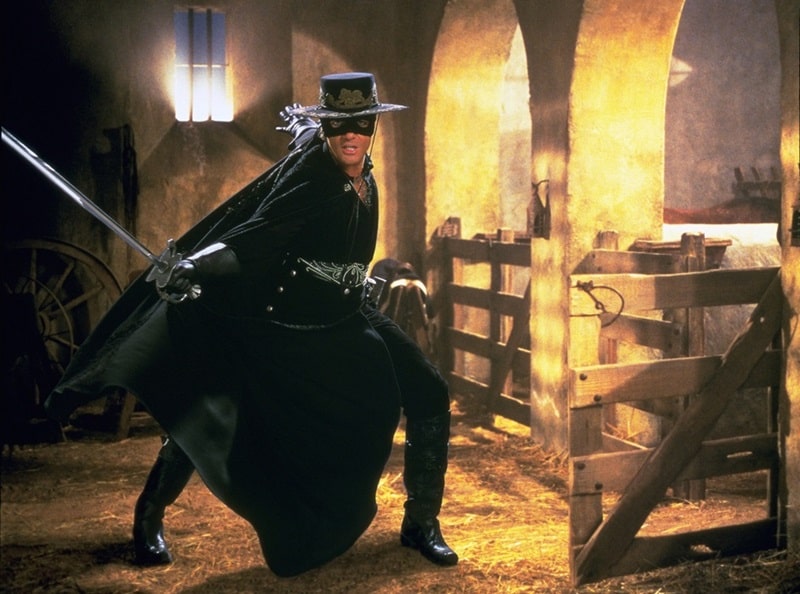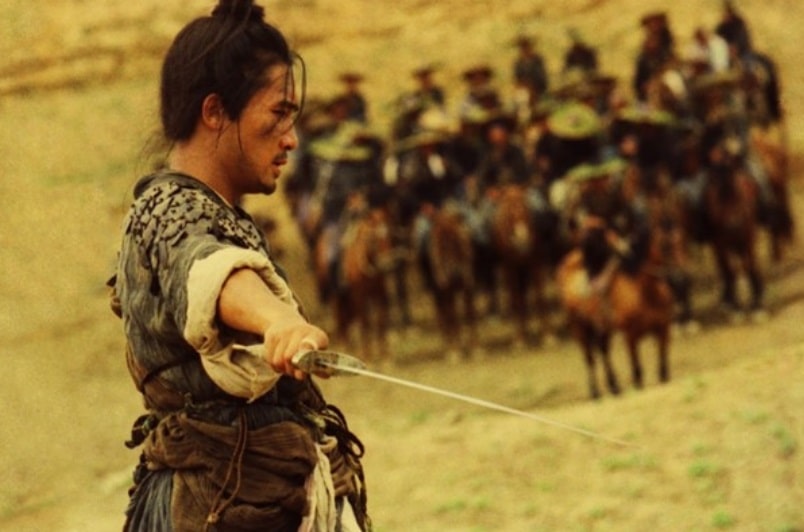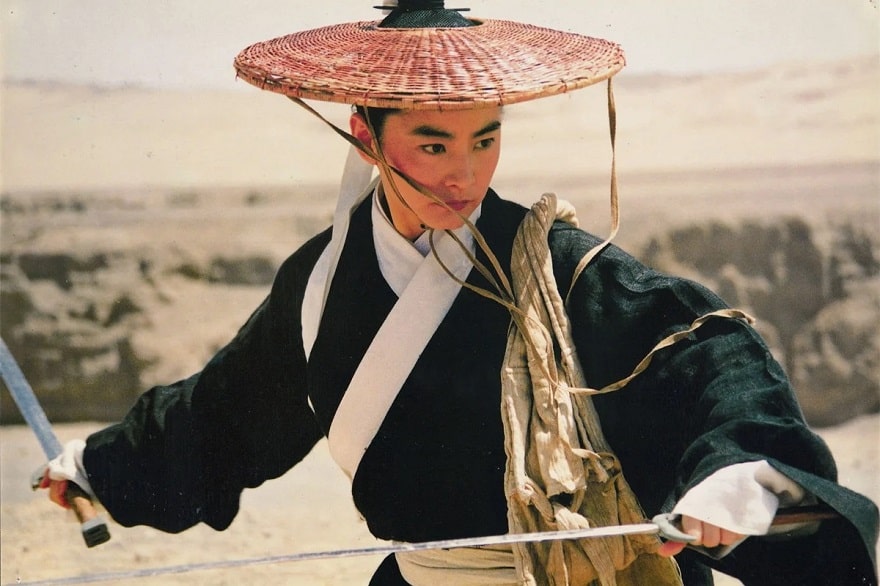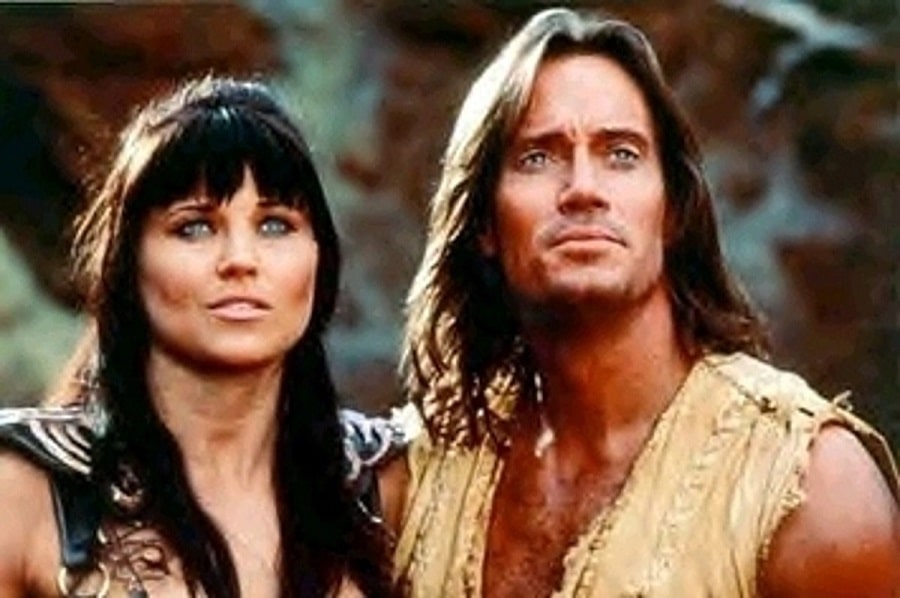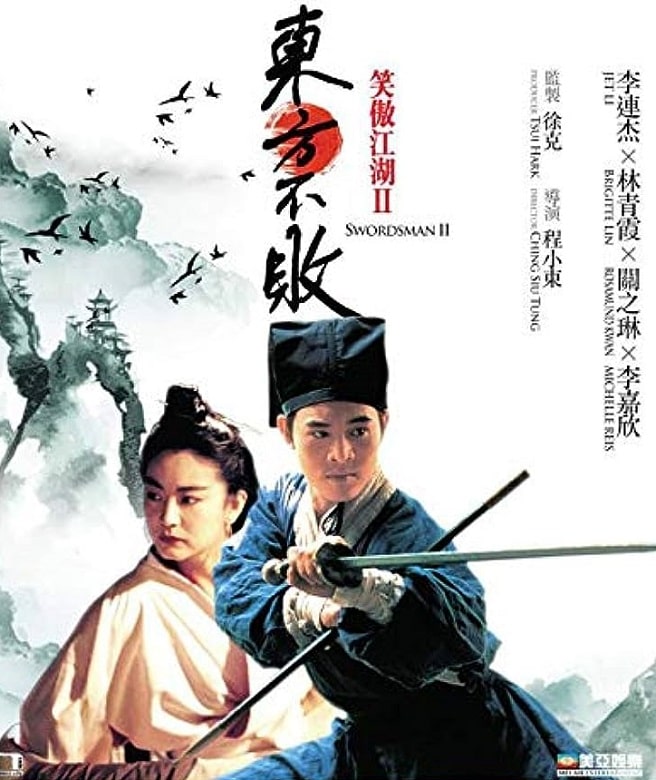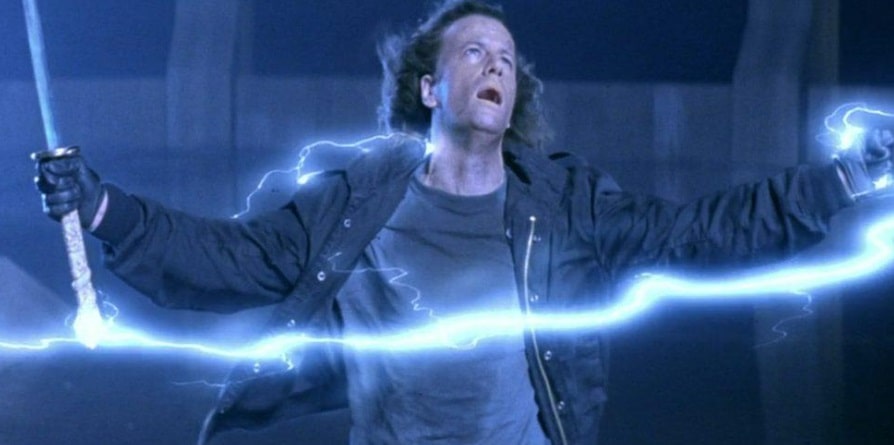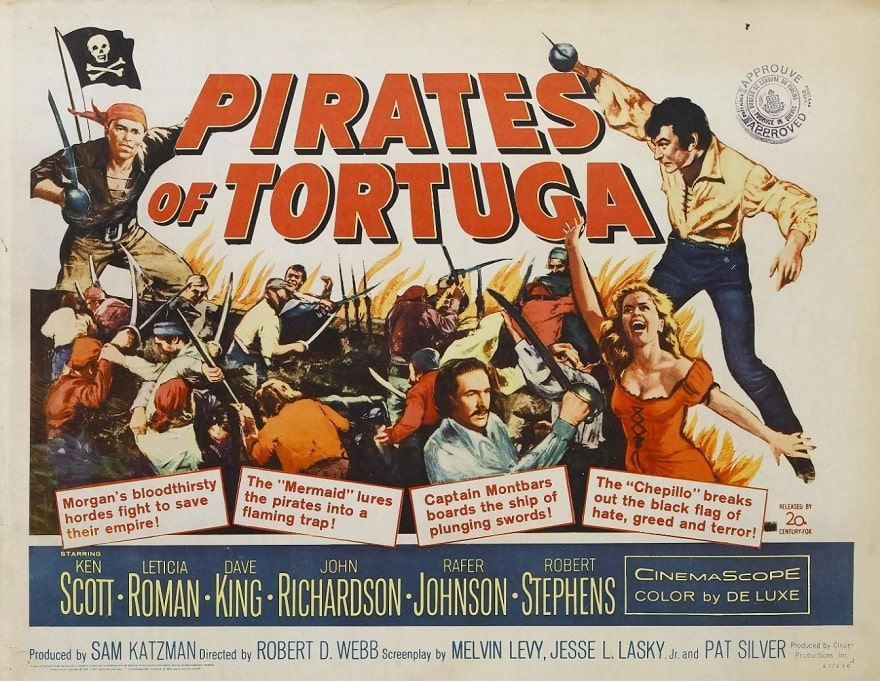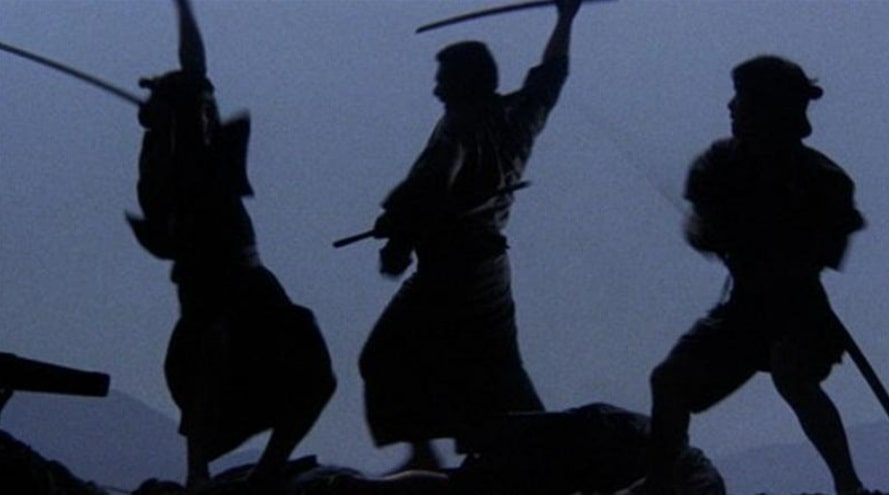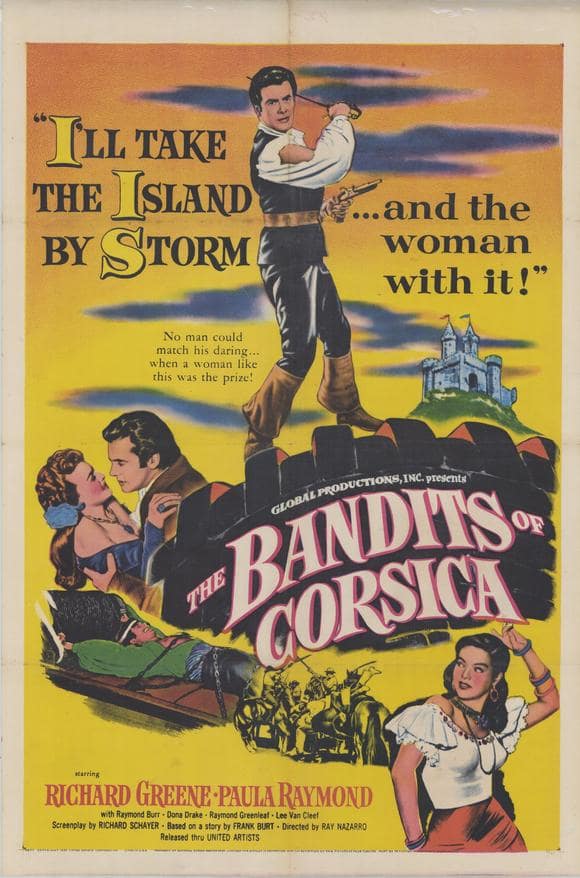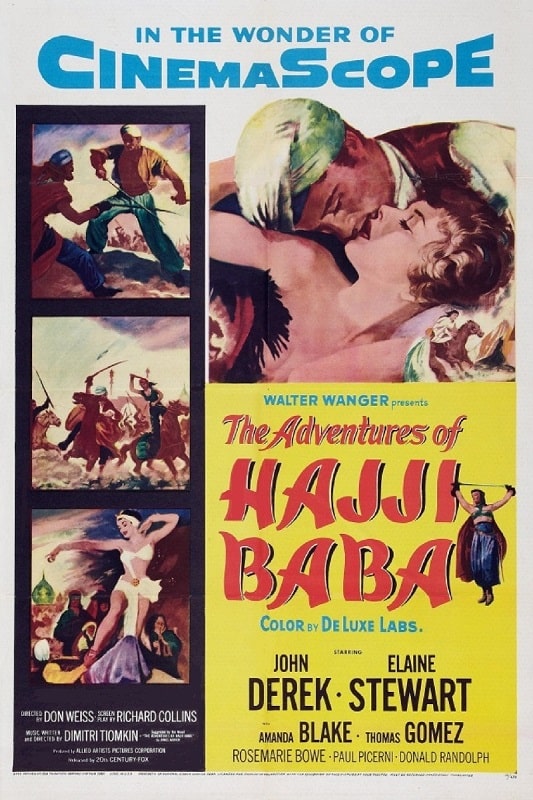Ellsworth’s Cinema of Swords: Consider the Rapier
The Mask of Zorro (USA, 1998)
Swashbucklers come in many forms and from many cultures, settling differences with their wicked nemeses with long blades of many shapes. Some leap aboard slashing with cutlasses; some coolly assume their stances with katanas at the ready, in one hand or two; some gallop to the charge, sabers waving; some wait for their attackers with claymores held high.
But I put it to you that there is no more iconic weapon for a swashbuckler to wield than the rapier. It’s a finesse weapon that relies as much on dexterity as strength, relatively light despite its three-foot blade, encouraging movement and rapid footwork. It hangs easily at the waist, from belt or baldric, an accent that adds martial flair to every bold outfit, and it looks as good on a woman as it does on a man. And crucially, it has a point but no edge, so it’s no battlefield weapon — its only function is to settle personal conflicts between antagonists with precision, by means of a thrust to wound or to kill.
The rapier is the weapon of choice of the heroes in all three of the movies from the late ‘90s we’re considering this time around: in the global hit that should have been a flop, in the critical darling that should have been a hit, and in the triumph that was both. Keep your knees flexed, your wrist loose, and don’t grip the hilt too tightly.
